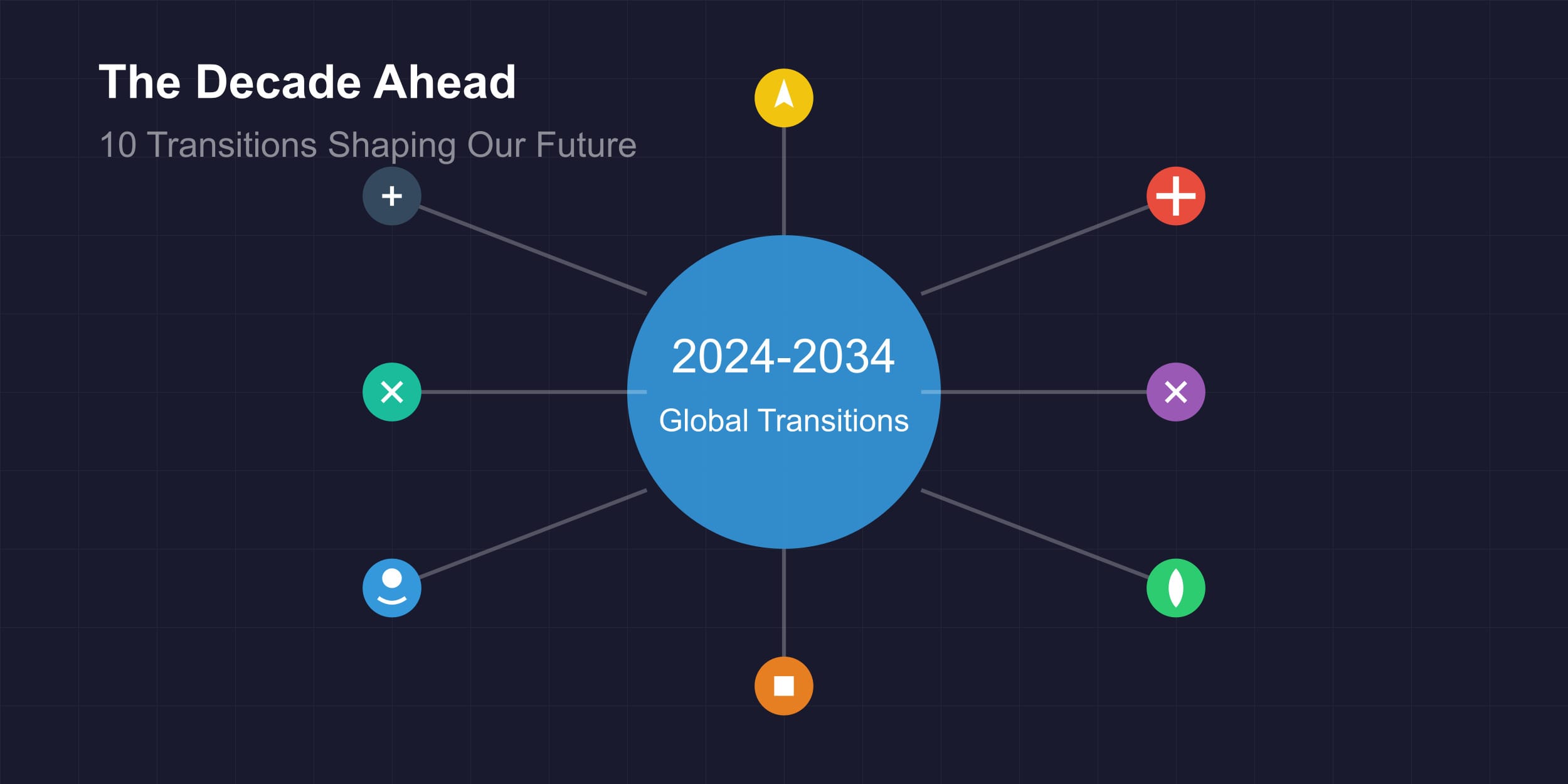Based on Nassim Nicholas Taleb’s work, Black Swan events are rare, high-impact phenomena that are unpredictable in advance but rationalized retrospectively. They can be categorized by their impact, domain, and systemic nature, with strategies to navigate them rooted in “antifragility” (benefiting from chaos). Below is a structured breakdown:
1. By Impact
A. Negative Black Swans
- Definition: Unexpected events with catastrophic consequences.
- Illustrations:
- 2008 Financial Crisis: Collapse of complex financial systems due to mortgage defaults.
- COVID-19 Pandemic: Global health and economic disruption from a novel virus.
- 9/11 Attacks: Geopolitical shock altering global security paradigms.
- Valuation/Strategy:
- Build robustness: Stress-test systems, maintain redundancies (e.g., emergency funds).
- Avoid debt and over-leverage.
- Prioritize preparedness (e.g., resilient healthcare infrastructure).
B. Positive Black Swans
- Definition: Rare, beneficial events that drive exponential progress.
- Illustrations:
- The Internet: Unplanned technological revolution transforming communication and commerce.
- Penicillin Discovery: Accidental scientific breakthrough saving millions of lives.
- Rise of Bitcoin: Decentralized currency disrupting traditional finance.
- Valuation/Strategy:
- Embrace optionality: Invest in open-ended exploration (e.g., R&D, venture capital).
- Take small, scalable risks with asymmetric upside (e.g., “barbell strategy”).
2. By Domain
A. Financial/Economic
- Example: 2008 crisis, hyperinflation in Venezuela.
- Valuation: Diversify assets, avoid overexposure to complex derivatives.
B. Technological
- Example: AI breakthroughs, quantum computing.
- Valuation: Foster innovation ecosystems; avoid over-regulation stifling serendipity.
C. Natural/Environmental
- Example: Fukushima nuclear disaster, climate tipping points.
- Valuation: Decentralize critical infrastructure; invest in adaptive systems.
D. Geopolitical
- Example: Arab Spring, Ukraine war.
- Valuation: Hedge against resource dependencies; monitor fragile states.
3. By Systemic Nature
A. Systemic (Global Impact)
- Example: 2008 crisis, pandemics.
- Valuation: Promote decentralization; reduce interdependencies in critical systems.
B. Localized (Sector-Specific)
- Example: Kodak’s bankruptcy (digital photography disruption).
- Valuation: Encourage agility in business models; avoid complacency.
Key Antifragile Strategies
- For Negative Swans:
- Robustness: Buffer against shocks (e.g., capital reserves).
- Avoid forecasting: Focus on fragility reduction, not prediction.
- For Positive Swans:
- Optionality: Position to capture upside (e.g., venture investing).
- Tinker and experiment: Allow for serendipitous discoveries.
Black Swans defy categorization but demand strategies that embrace uncertainty. By distinguishing their impact, domain, and systemic role, individuals and institutions can cultivate antifragility—turning volatility into opportunity. As Taleb argues: “The wind extinguishes a candle but energizes a wildfire.”



